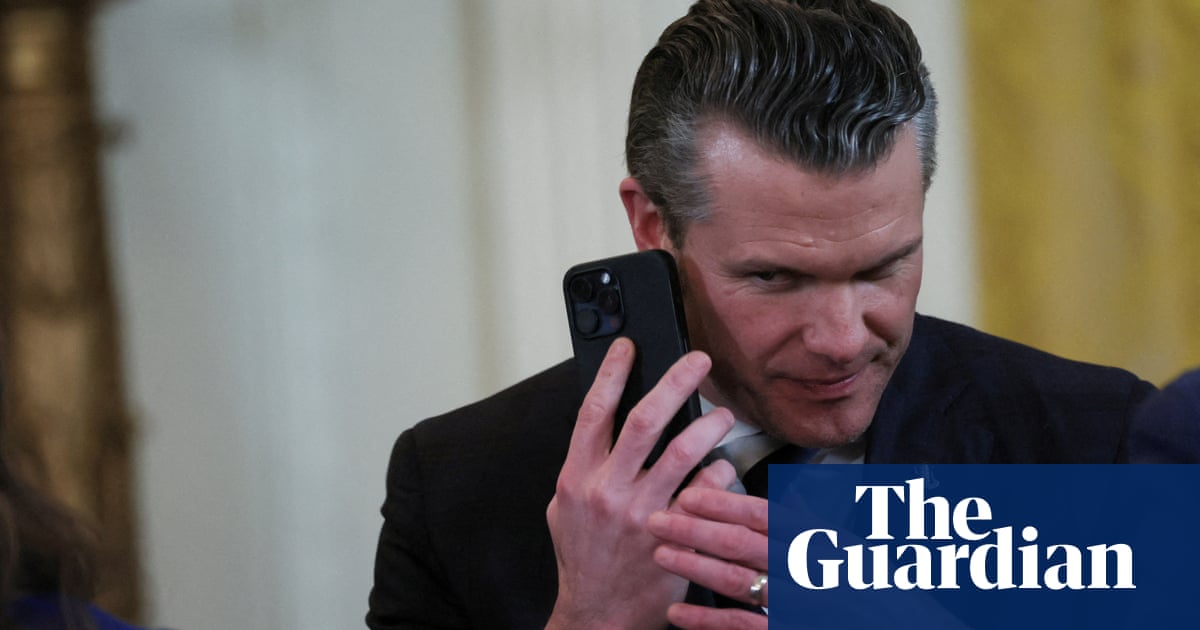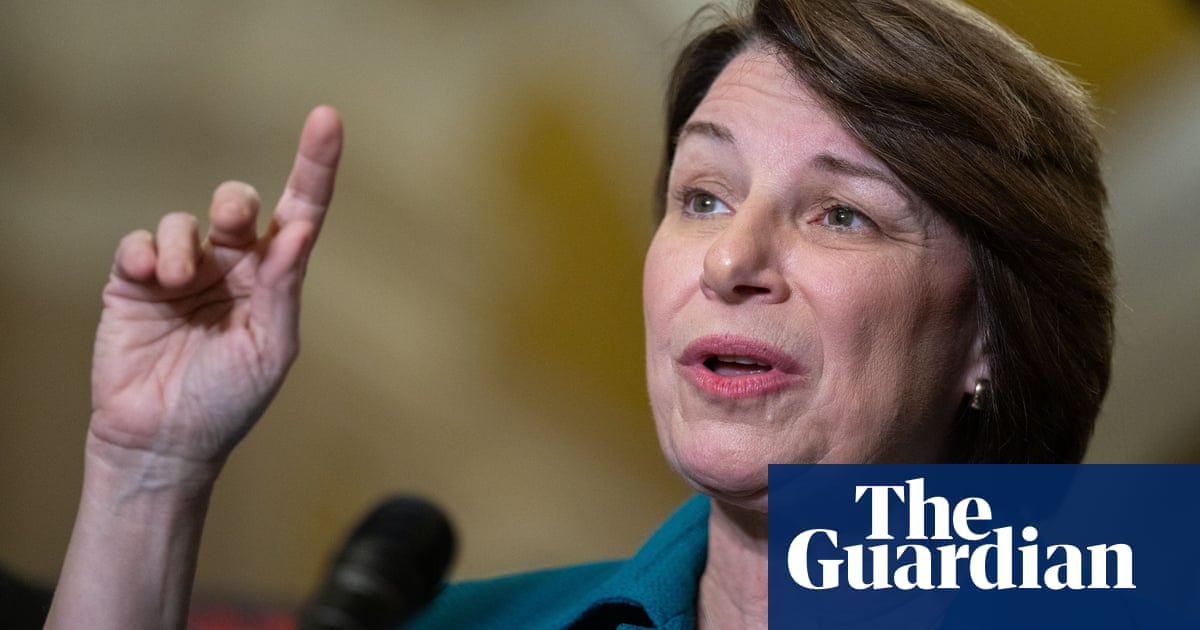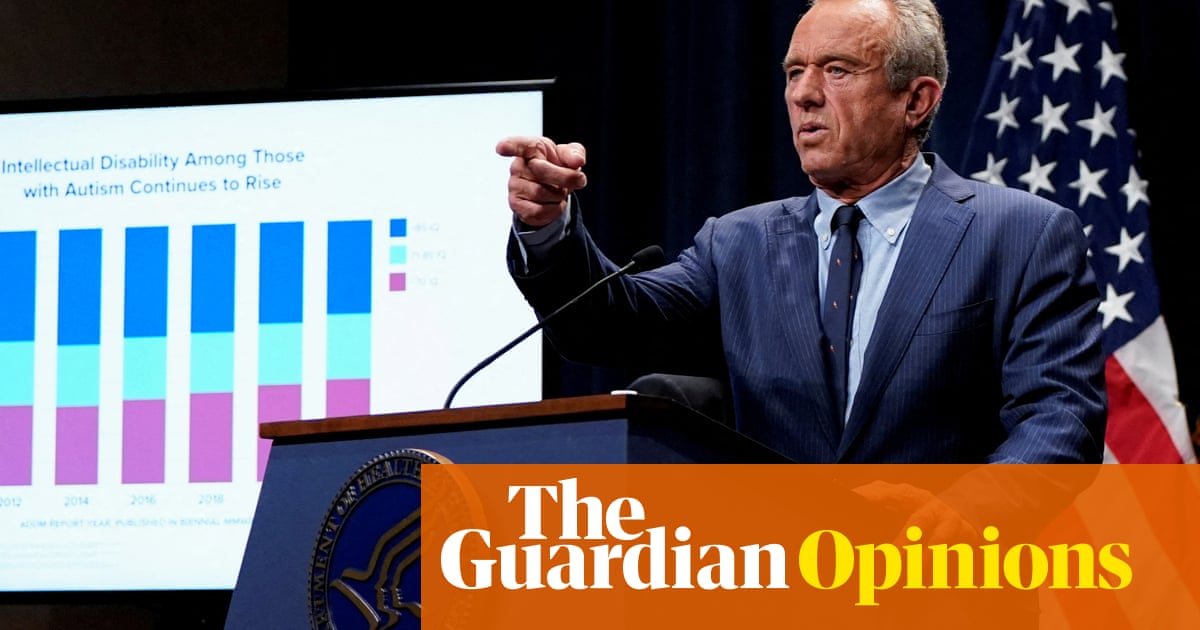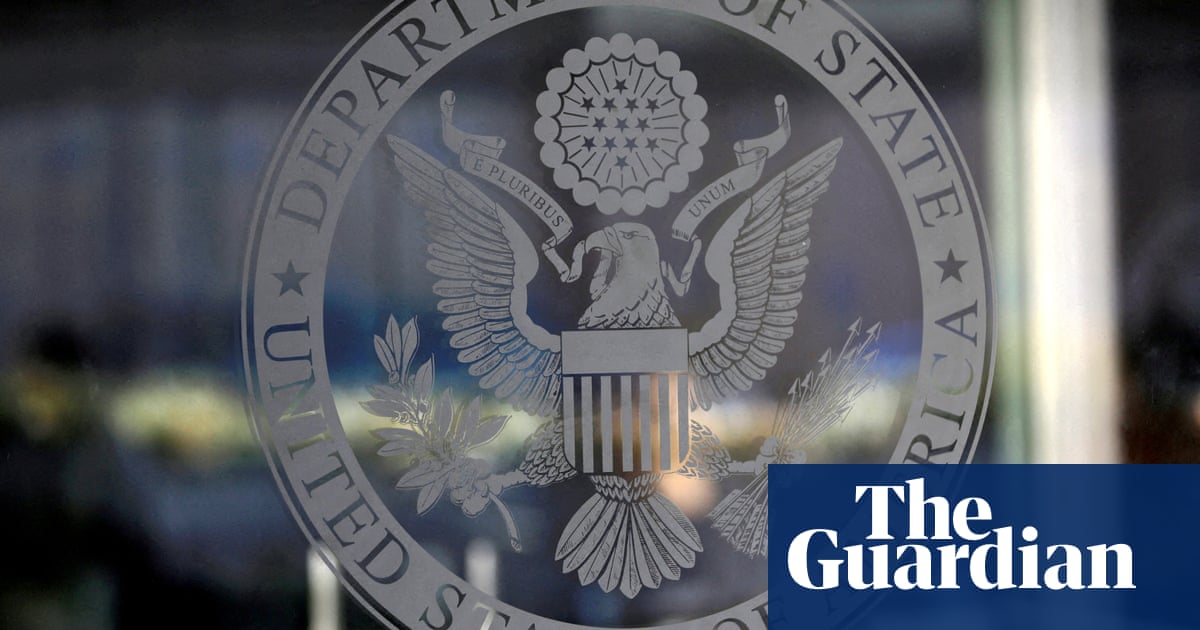Twice rejected by American voters in favor of Donald Trump, the Democratic party now faces its most severe crisis of identity in four decades. Nowhere is the party’s search for relevance in Trump’s America more desperate than in its embrace of cryptocurrency, a sector whose existence depends upon its ability to circumvent the financial regulatory state the Democrats spent a century constructing. How else to explain the Democratic representative Ritchie Torres – whose South Bronx district is the poorest in the United States – joining forces with the Republican Tom Emmer to champion cryptocurrency through their newly formed Congressional Crypto caucus
Congressional Republicans have always been uniform in their support for cryptocurrency: in May 2024, just three Republican House members voted against a bill to significantly relax regulations on digital tokens. But since 2016, the cryptocurrency industry has made steady inroads into the Democratic party. That convergence, if it continues, will represent a return to the pre-New Deal financial politics that the party spent a century rejecting.
Throughout American history, the politics of money and financial risk have been central to party coalitions. Not since the election of 1896, however, have the Democrats been the party of deflationary, restrictive “hard money.” As the historians Anton Jäger and Noam Maggor explain, the de-facto fusion of the Populist party with the Democratic party transformed it into a vehicle for those who saw money not as a neutral store of value, but as a political instrument that could serve developmental ends – in this case, directing investment to credit-starved regions of the country.
William Jennings Bryan’s defeat drove the party to moderate its more radical monetary positions. But notwithstanding the occasional inconsistencies, Democrats generally maintained the anti-deflationary stance established in 1896. Thirty years later, the Great Depression provided Franklin D Roosevelt with the mandate and the crisis necessary to complete this transformation: the United States abandoned the gold standard in 1933.
“Consumer protection” in its contemporary form only truly entered the American political lexicon in the 1960s, but this period established the contours of America’s politics of financial risk. The Banking Act of 1933 (often referred to as Glass-Steagall) separated commercial and investment banking to protect ordinary depositors from speculative excesses. The Securities Acts of 1933 and 1934 imposed disclosure requirements on financial markets and established the Securities and Exchange Commission (SEC). Most critically, the creation of the Federal Deposit Insurance Corporation (FDIC) ended the era of devastating bank runs by insuring deposits.
Collectively, these measures represented a fundamentally new relationship between citizens, banks and financial risk: the state would actively shape financial markets rather than simply enforcing contracts within them.
The post-war era saw the Democratic party further articulate that approach to “market-making.” The Employment Act of 1946 declared it the government’s responsibility to maintain “maximum employment,” while the Federal Reserve, treasury, SEC and FDIC enforced financial stability through interest rate caps, capital controls and heavy regulation of financial institutions. While occasionally inefficient, these policies contributed to remarkable stability. As the economists Carmen Reinhart and Kenneth Rogoff have documented, the period from 1945 to 1971 saw virtually no banking crises in advanced economies.
The Clinton administration’s financial deregulation – culminating in the repeal of the Glass-Steagall Act in 1999 and the deregulation of derivatives in 2000 – represented a significant retreat from these principles, and ended in the catastrophe of 2008. But, if only to offset the mounting risk they allowed the private sector to assume, the Clinton administration frequently sought to expand the FDIC’s responsibilities.
Pro-crypto Democrats, from Torres to disgraced New York City mayor Eric Adams, argue that cryptocurrency aligns with progressive principles. “Blockchain technology can liberate the lowest income communities from the high fees of the traditional financial system,” Torres said at an industry-organized summit last year. Kamala Harris herself appealed to cryptocurrency as an opportunity for Black males. But cryptocurrency, at its core, subverts the tools for economic management Democrats have championed for decades.
The FDIC was created precisely because uninsured deposits catalyzed routine bank runs; cryptocurrency exchanges offer no comparable protection. The Federal Reserve’s sovereignty over the American monetary base enables it to expand the money supply during downturns to maintain employment; Bitcoin’s fixed supply explicitly rejects this responsibility. The SEC was established because unregulated securities markets harmed ordinary investors; cryptocurrency’s decentralization enables exchanges like Uniswap to operate outside its protective frameworks.
The industry’s “political investments” – to borrow the political scientist Thomas Ferguson’s terminology – are an undeniably defining force in American politics. By some counts, nearly half of all corporate campaign contributions in 2024 came from the crypto sector. But despite Kamala Harris’s substantial concessions to the industry, the top three crypto PACs leaned red by a margin of nearly 2:1. Harris’s promises to the industry were never enough to outweigh the Trump campaign’s proposal, running since late July, to enshrine crypto as a “permanent national asset” through a national bitcoin “stockpile.”
Modest deregulation is simply not what crypto is in the political game for. It requires nothing less than the seizure of the American state. And until Democrats can outmatch Trump’s handouts to the sector, crypto will stay with the Republican party.
Volatility is the basic roadblock to crypto’s further adoption. It is simply too risky for most people. No amount of regulatory tweaks will change that fundamental affliction: as long as cryptocurrencies are predominantly held as investments rather than used for transactions, their prices will remain highly sensitive to investor demand fluctuations. And the absence of traditional stabilization mechanisms, like central banks or reserve assets, contributes to the high volatility of crypto tokens. Put simply: if crypto is to grow, it’ll need both state backstopping and displacement of the traditional banking system altogether.
Trump has set about doing exactly this. His administration’s recently established “strategic bitcoin reserve” is, in effect, a state backstop for cryptocurrency. But the Trump administration’s designs extend far beyond “de-risking” crypto: their goal, as the political economist Martijn Koenings observes, appears to be the destabilization of the traditional banking system itself.
At the behest of Elon Musk’s s0-called “department of government efficiency” (Doge) – itself named after Dogecoin, Musk’s cryptocurrency of choice – the Trump administration’s “deferred resignation” packages and layoffs have already reduced the FDIC’s workforce by 10%. And Trump issued an executive order in mid-February requiring that the formerly independent agency submit to White House oversight.
The Trump team has floated replacing the already-enervated FDIC with a gutted insurance scheme housed in the treasury, merging it with the office of the comptroller of the currency, or simply defanging it through mass layoffs and employee transfers. In either case, tighter executive control over banks‘ balance sheets will render the financial system’s solvency contingent upon whether a particular bank is favored or disfavored by the president. It’s easy to imagine a resulting loss of confidence in the traditional banking system – an outcome that crypto advocates believe would work to their advantage.
If the Democrats wish to outcompete the Republican party for crypto dollars, then, they’ll need to offer the “industry” much more than deregulation. They’ll have to become active participants in engineering a return to the pre-New Deal politics of money and financial risk – the very positions against which the modern Democratic party defined itself. That would be a capitulation unprecedented even in the Democratic party’s long history of betraying the American working class.
-
Alex Bronzini-Vender is a writer living in New York.

 German (DE)
German (DE)  English (US)
English (US)  Spanish (ES)
Spanish (ES)  French (FR)
French (FR)  Hindi (IN)
Hindi (IN)  Italian (IT)
Italian (IT)  Russian (RU)
Russian (RU)  3 weeks ago
3 weeks ago
























Comments